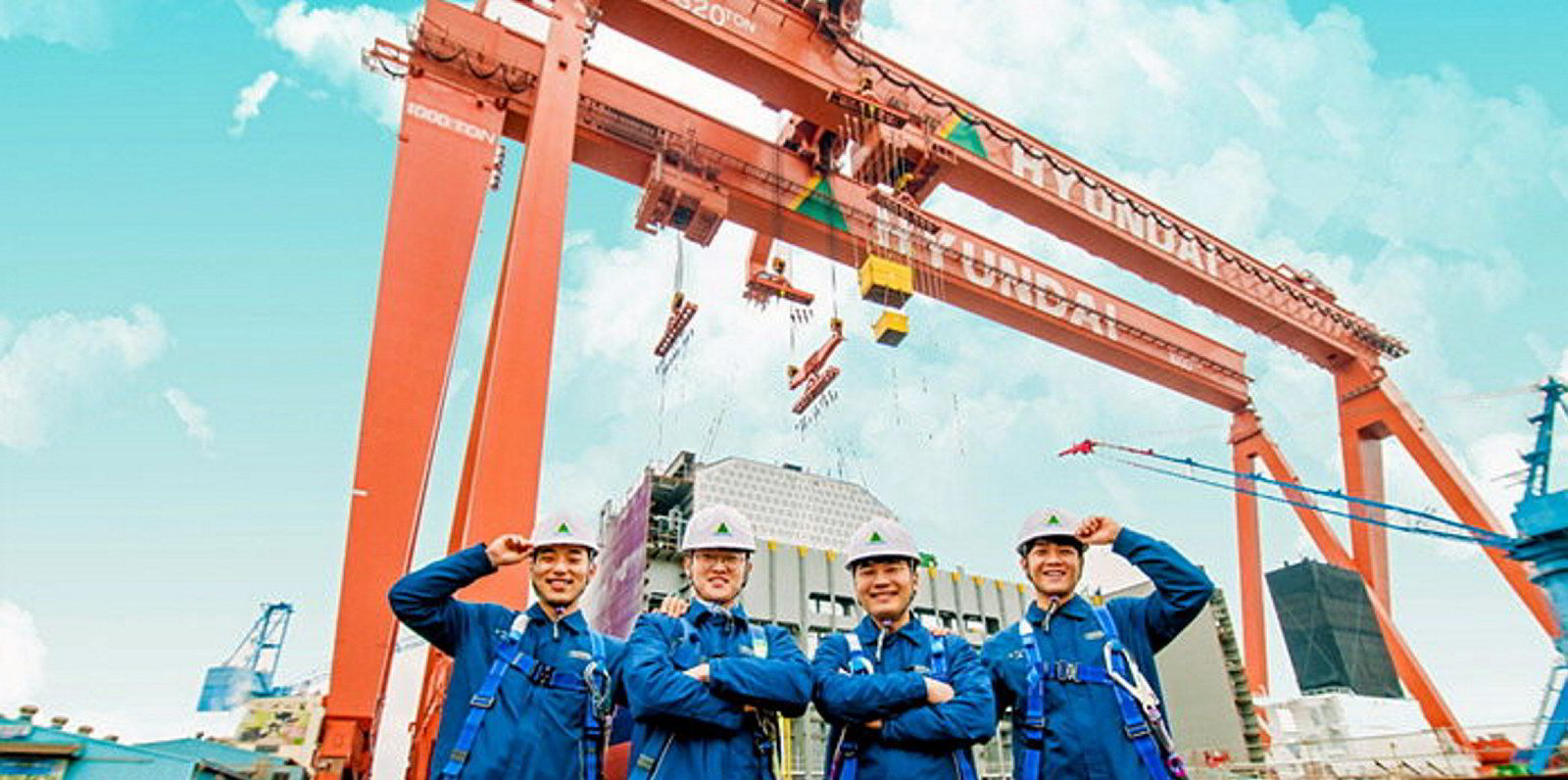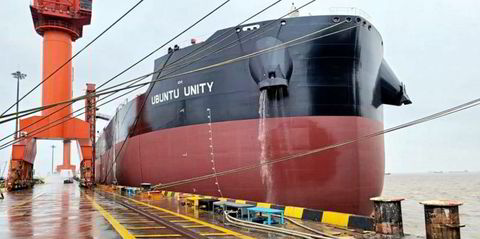The boom in LNG and containership newbuilding orders has triggered the reactivation of yard capacity in the Far East to meet upcoming demand.
Fleet replacement is expected to take off after 2030, which will require additional capacity to enter the market.
Maritime Strategies International (MSI) expects average annual deliveries across the 2030s to be around 72m gt, compared with 59m gt in the last decade.

“Expansion in capacity will certainly be needed in the second half of the decade, when we expect a surge in contracting volumes in response to the twin requirements of fleet renewals and decarbonisation efforts,” says director Stuart Nicoll.
Although the dry bulk and tanker fleets are forecast to shrink, the container and gas carrier fleets will show strong growth, the consultancy believes.
Heavy demand for containerships and LNG carriers has already encouraged yards to reopen capacity.
China’s STX Dalian shipyard has been acquired by Hengli Heavy Industry Group and repurposed as a high-end marine equipment manufacture base.
Jiangsu Rongsheng Heavy Industries is being revived by its former chief operating officer David Luan and rebranded as SPS Shipyard.
MSI notes that active shipbuilders are also leasing out some of their mothballed facilities.
Dajin Heavy Industry has leased shipbuilding capacity at Taizhou Kouan Shipbuilding. Nantong Xiangyu Shipbuilding & Offshore Engineering is expanding its capacity by renting slipways and a dry dock at Sainty Shipbuilding.
In South Korea, the Gunsan yard was recently brought back into operation by its owner, the Hyundai Group, to build hull block sections.
Hanjin Heavy Industries & Construction re-entered shipbuilding and is winning business as HJ Shipbuilding & Construction.
“Notionally, the cumulative effect of reintroducing this capacity into the market would be significant. At their height, several of these reactivated shipyards produced a significant amount of tonnage,” Nicoll adds.
MSI estimates there is latent potential that could add close to 12m gt of shipbuilding capacity, or 17% of the global total at the end of 2021.
However, because some of the capacity will be used for ship machinery or other activities, the actual growth is expected to fall short of that figure.
“The reactivation of others will be a multi-year endeavour and it will take considerable time to ramp up production volumes. We expect the impact of these reactions will be more significant in the medium term,” Nicoll says.





